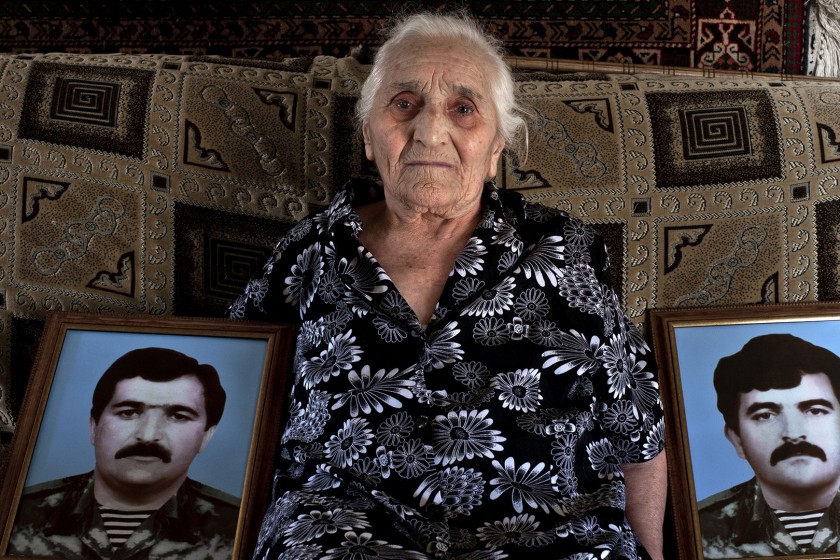
A Woman Waits
By German Avagyan
Many years ago, I saw an exhibition “Women” by Annie Leibovitz, and began to cherish the idea to make a project about Armenian women.
I started to make portrait shoots of village women, poetesses, hoboes, politicians.
However, the more I shot, the more it became apparent for me that there was absolutely no interconnection between the portraits; they were not linked by any idea or form of expression.
Moreover, all my heroines did not fit the context of the Armenian reality. The photos did not have any characteristic feature in common, which would compose many portraits of various women into one general project titled “Women of Armenia”.
The project stalled, because the format chosen by Annie Leibovitz for the USA was absolutely unsuitable for Armenia. When I completed the work on the Project “Born After Death” about the children born after their fathers died in Nagorno-Karabakh war, and saw the photo exposition, I suddenly understood how I must shoot the project about Armenian women.
“Born After Death” is 40 portraits of boys and girls holding the photos of their fathers, whom they have never seen. Their mothers are not in the photos, but they are invisibly present by their children…Those women lost their husbands, got over huge stress, overcame the grief, gave birth to their children and brought them up. Many of them were married only a few months, and then they became widowed mothers and never married again.
I realized that I had to seek the heroes of my project “Armenian Women” among those affected by war, in which Armenia was involved immediately after the declaration of independence. In those years the war unified all people, it touched all Armenian families. A woman, bearing the heavy burden of war, 20 years after the war ended - this is my project hero, who will be accessible and understandable to all those who came through that terrible war...
About 5,000 Armenian men were killed during the Nagorno-Karabakh war, and about 800 went missing. These are just statistics. Behind those dry numbers there are thousands of women waiting for their children, brothers and husbands. My project is about them. About a woman who waits.
Twenty years have passed since active hostilities ceased - sufficient time to mourn the dead and accept the loss. In those years the pain of grief has not been assuaged, but people have somehow resigned themselves to their losses.
However, time has stopped for those women whose husbands and sons went missing. Those women stayed in the war; they still have a glimmer of hope. They wait and believe. They do not cry over the diseased, because they did not see their loved ones dead. They cry over their own fate, they believe in miracles and hope that one day they will see their loved ones.
Those women have never been able to bemoan their losses, because they do not want to believe that their beloved are dead, because they resist and deny the cruel reality. They do not want to believe that their loved ones died, since if they believe, they will lose them forever.
Photographing this project, I experienced a duel feeling. It seemed to me that my visit to their homes was perceived by them as a sign of hope, which, however, I could not give them. I was surprised at the cordiality they welcomed me with, as if I brought them happy news. Seeing my sense of guilt for not justifying their hopes, some women were reassuring me, saying that they had seen my visit to them in their dreams...And that was a kind of sign from above for them.
Some women thanked me for remembering them. Nobody asked me why I did that, why I photographed them. To be honest, I could not have answered to that question. I just do the thing I can do. And if I don’t do that, nobody will do.
I asked them to hold in their hands the photos of their missing children or husbands. It was evident that it was not the first time they were not doing that. They were photographed many times, by the Red Cross Society, etc. They got used to the photos, which they saw all the time, and those pictures, offensive to say, became part of their environment, an integral part of the interior.
Those pictures as a symbol of their grief, have helped them all these years to accept the loss. But when I asked them to show me some item belonging to their sons, which they kept, their faces changed. Holding in their hands the items, which they had been keeping somewhere in chests for 20 years, they could not restrain their emotions. Often, I forgot that I came to photograph. I hugged the weeping women's shoulders, allowing them to have a good cry.
The war has not stopped for these women. This project is about an Armenian woman who has remained in this war forever.
I have made portrait shoots of more than 40 women, whose loved ones went missing during the war and after war, on the contact line between the Armenian and Azerbaijani armies.
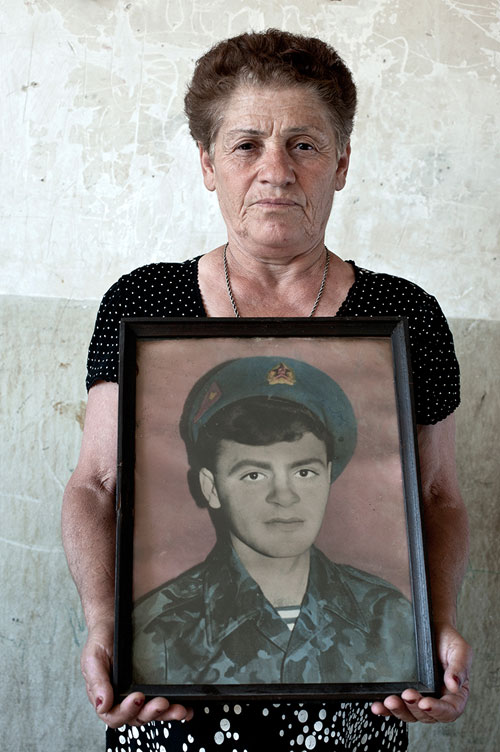 |
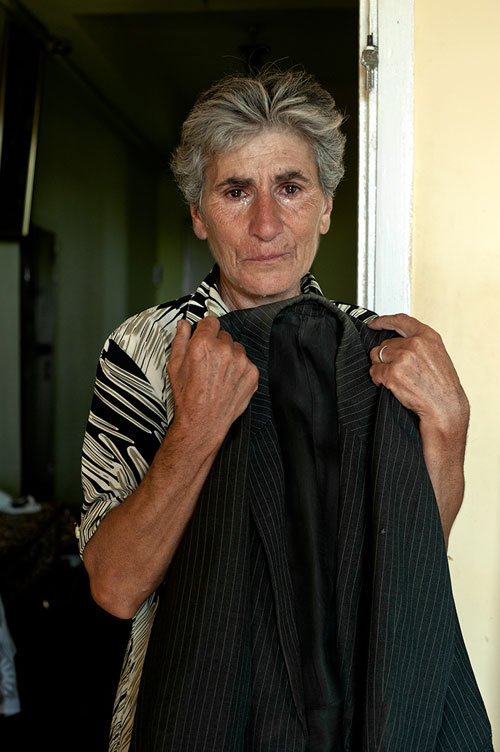 |
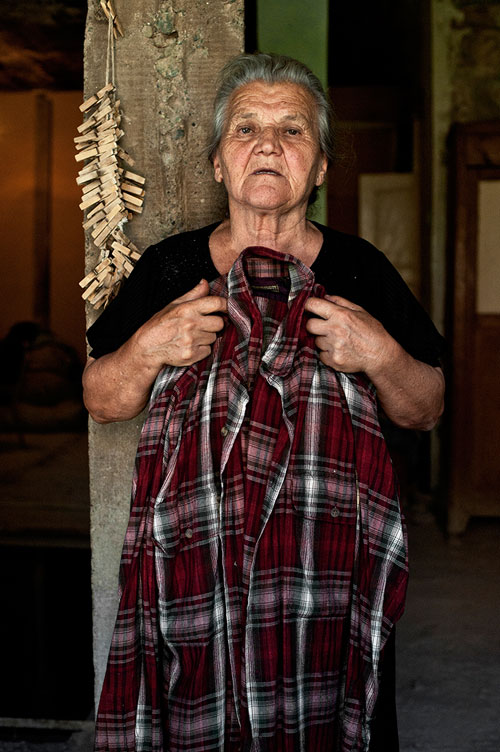 |
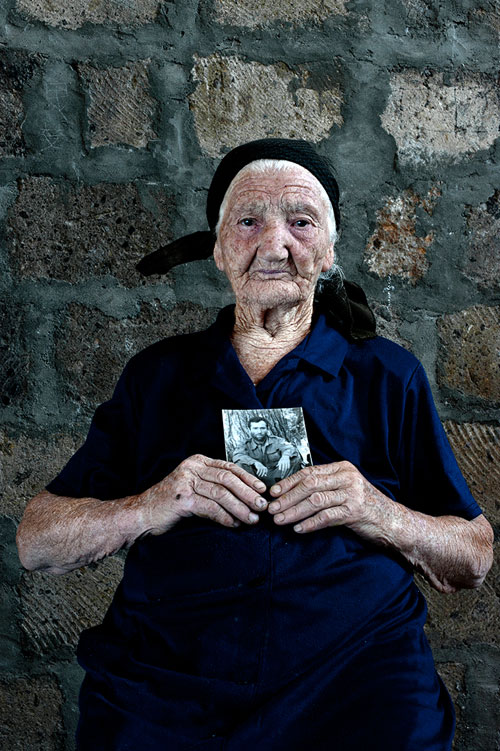 |
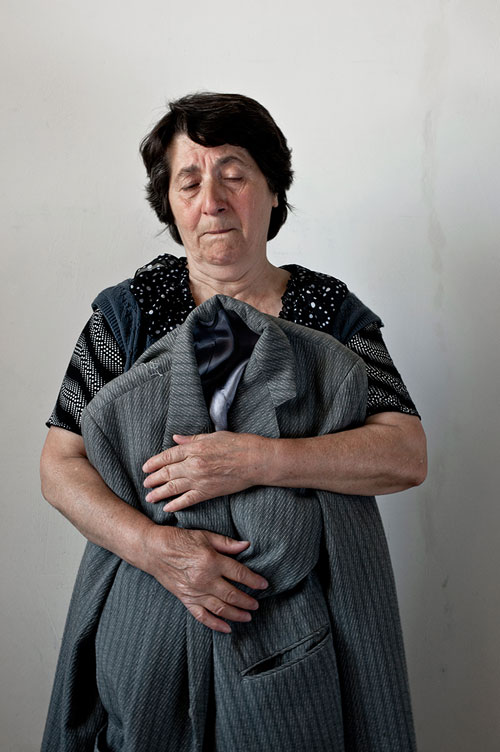 |
 |
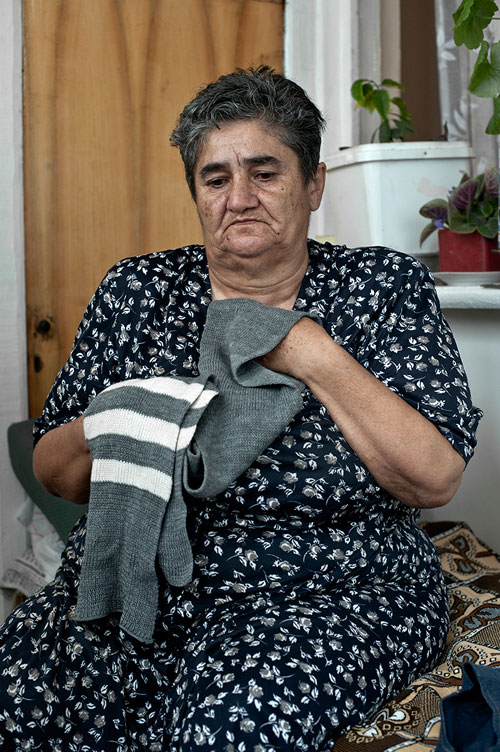 |
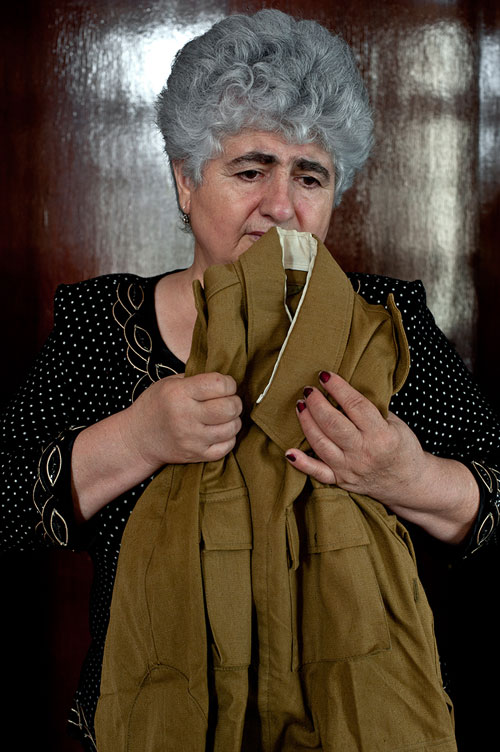 |
 |
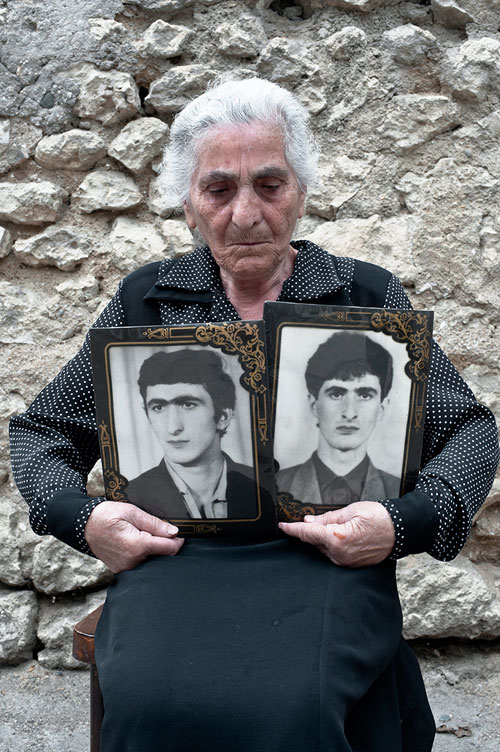 |
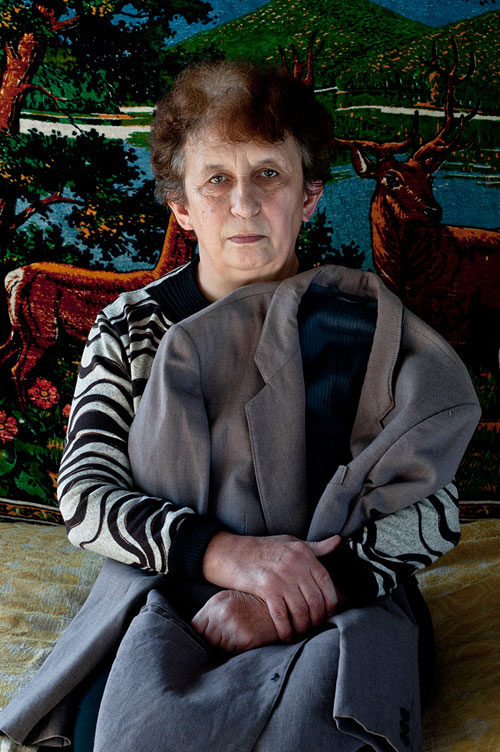 |
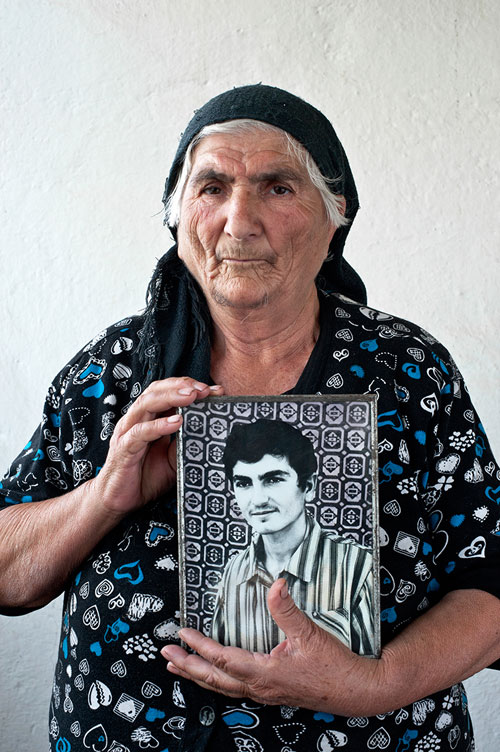 |
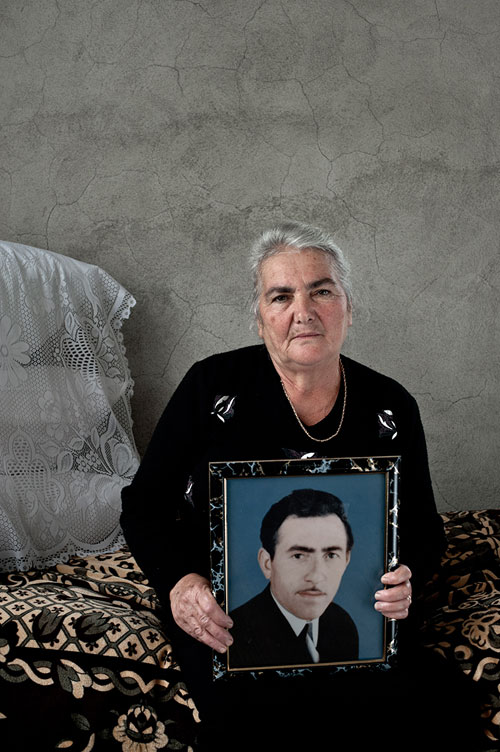 |
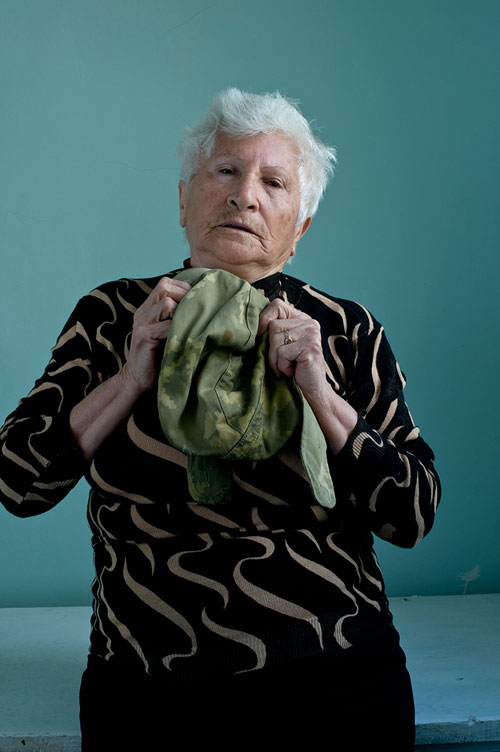 |
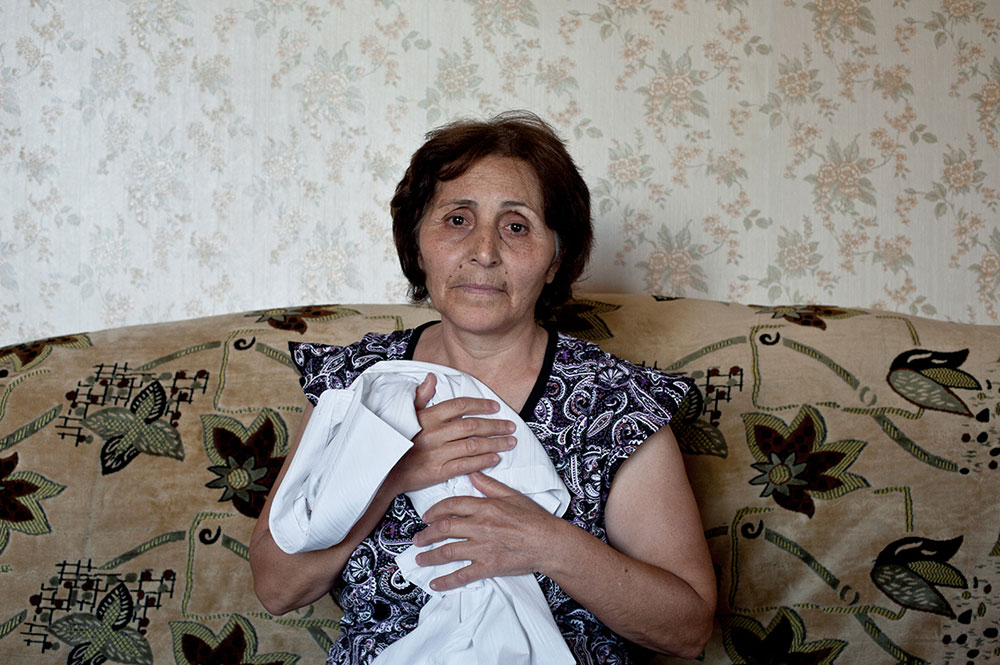 |
|
.
 Videos
Videos Photos
Photos
Comments (1)
Write a comment